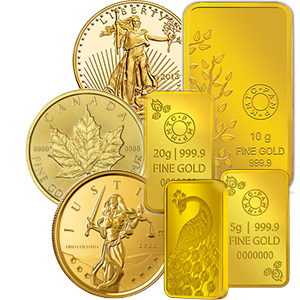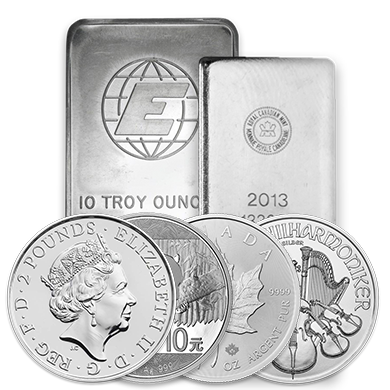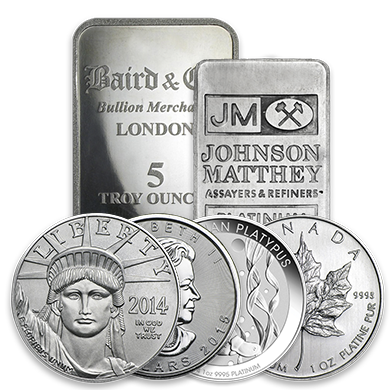Navigating the Bullion Landscape: A Guide to Gold and Silver Investments
In the world of investments, gold and silver, commonly known as bullion, are well-known for their ability to retain their value amidst turbulent market conditions, serving as a reliable hedge against volatile price shifts.
However, in order to make lucrative investment decisions, it's crucial to explore the various forms of precious metals and understand the dynamics of bullion investments fully before making your purchase.
Exploring Precious Metals: Coins, Bars and More
Physical bullion can be purchased in many forms, ranging from gold and silver bars to coins, as well as silver ingots and rounds. It's essential to verify the quality of your precious metals, emphasizing purchases from trusted sources like the Royal Canadian Mint. Distinguishing good delivery bars from other forms of bullion ensures investors receive authentic, high-value assets aligned with their financial goals.
Diversifying With Platinum and Palladium
Beyond gold and silver, exploring markets for platinum and palladium presents distinct diversification opportunities. Investors seeking portfolio expansion can leverage the unique qualities of these metals in crafting their investment portfolios, as these metals offer more volatility than silver or gold.
Market Dynamics of Buying and Selling Bullion Coins
The global bullion trade involves active participation from individual investors and corporations, influencing prices and overall liquidity. Despite this, the prices of precious metals, particularly gold and silver, tend to experience minimal fluctuation due to their historical significance, intrinsic value, and scarcity. This stability makes bullion a reliable hedge against market volatility, facilitating value retention and potential price appreciation.
Currency Hedging, Security, and the Role of Bullion Banks
Bullion banks provide private investors with avenues for currency hedging and added security, eliminating the need for investors to hold gold and silver at home and reducing the risk of financial loss from theft.
Bullion banks are also vital in managing bullion reserves, which stabilizes market prices, and in adding a layer of credibility and reliability to the market by ensuring that transactions align with the balance sheets of both buyers and sellers.
Exchange Traded Funds (ETFs): Going Beyond the Physical
Investors seeking gold and silver exposure without physical possession can explore Exchange-Traded Funds (ETFs). They offer a convenient pathway to include precious metals in investment portfolios, providing flexibility and cost savings by eliminating storage fees.
In Conclusion
Successfully navigating bullion investments requires a nuanced grasp of market intricacies, considerations of quality, and exploration of diverse investment possibilities. Whether you prefer physical possession as a private investor or are delving into the dynamics of ETFs, incorporating bullion into your portfolio might just be the ultimate hedging technique you have yet to explore.










